A Mother-Daughter Team Puts Pastels to Paper With Courtroom Illustrations

Artwork in the First Degree
Shirley and Andrea Shepard have been in court a lot. They were there for Ghislaine Maxwell’s trial. They were there for Harvey Weinstein’s trial. They were there for Bernie Madoff’s sentencing. Yet the Shepards aren’t lawyers, judges or even court officers—they’re courtroom artists. Cameras are forbidden in federal court and, up until 2008, in New York, in the lower courts as well. So, media outlets—newspapers, television news stations and websites—depend on artists for a “snapshot” of what goes on in the courtroom to illustrate their coverage. The Shepards have been providing just that for 19 years.
Beginnings
Shirley is a native New Yorker. Her interest in art began in early childhood. She recalls drawing right from the start. “I did terribly in English, but I did wonderfully in art,” she says. Shirley attended New York City’s High School of Music & Art (now LaGuardia High School), and would eventually pass on her artistic talent to her daughter Andrea.
When a producer at NBC News, in New York, was looking for a courtroom artist to illustrate mobster Peter Gotti’s racketeering trial in federal court, a mutual friend suggested Andrea. It was a lucky break for the artist pair.
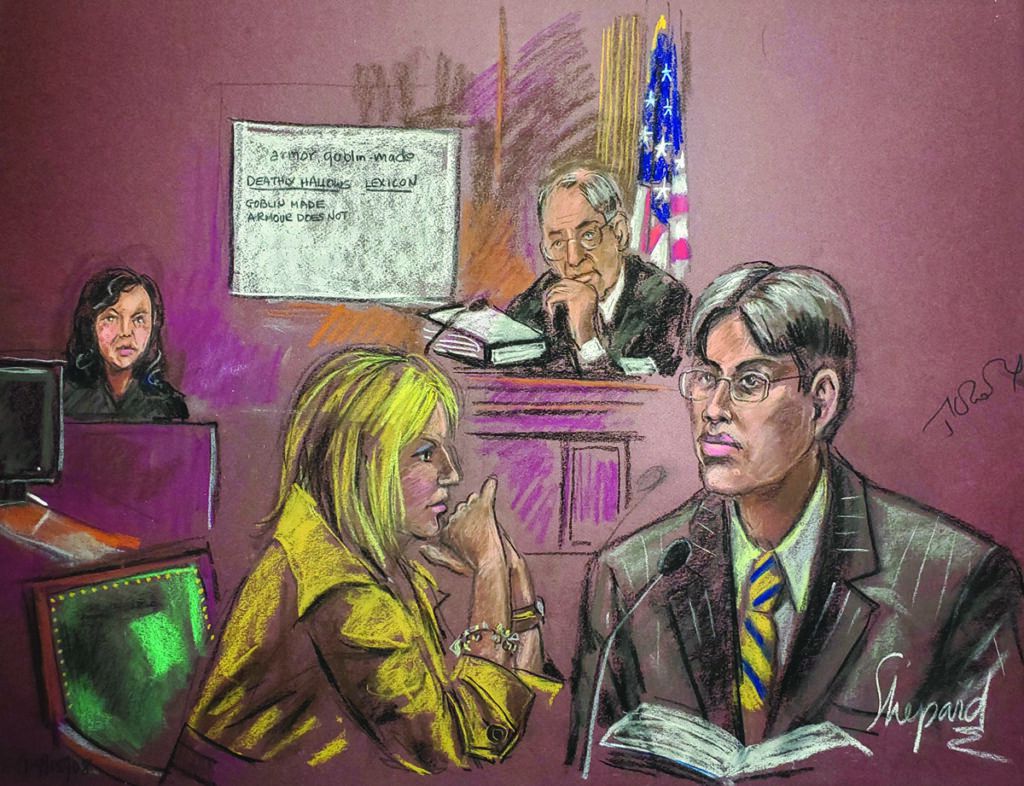
First Job
Andrea and Shirley went to the trial together. “There were 13 artists filling up one bench in the courtroom—and there was me on the other side,” says Shirley. She remembers they were all glaring at her because they didn’t know who she was and they were nervous. “You’d have thought they’d heard Michelangelo had shown up,” she says with a laugh.
Unbeknownst to them, that first job had been a tryout for the Shepards, which they passed with flying colors. The producer was thrilled with the results, and the mother-daughter team’s career as courtroom artists was launched. Usually they work as a pair, providing two illustrations of a courtroom scene for their clients, but on occasion they’ll cover separate trials on the same day.
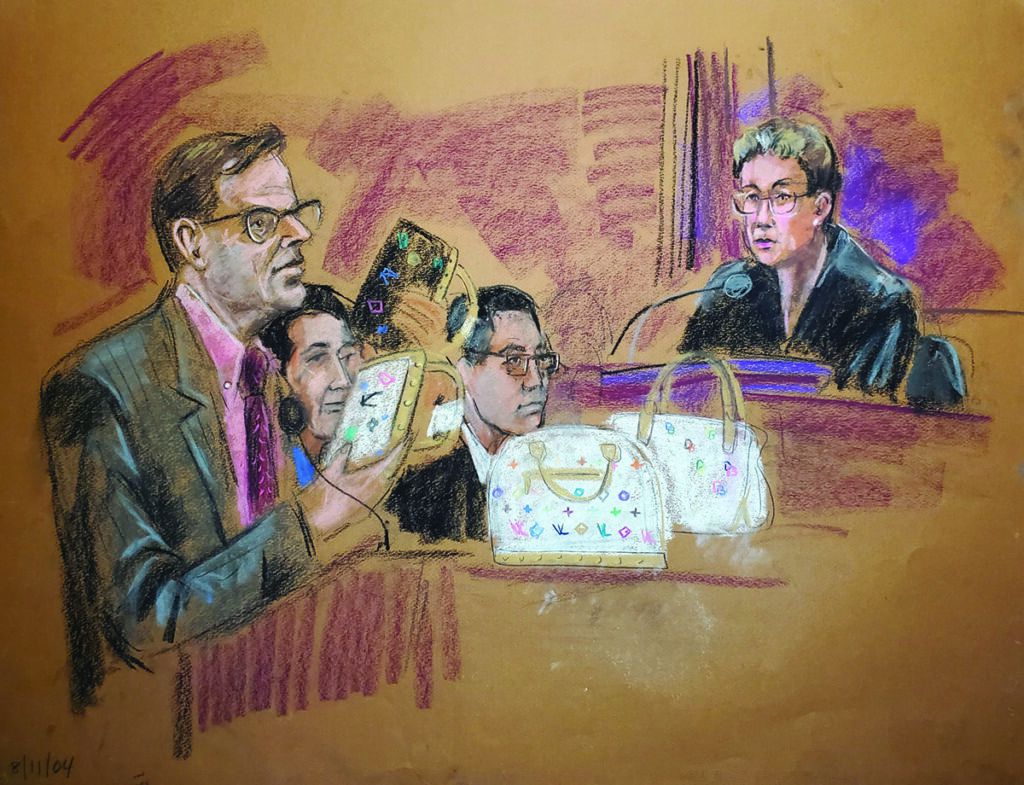
Technique
The Shepards’ first step for any courtroom illustration is choosing the right tone of paper. Courtrooms are constructed from different materials and, therefore, have different looks with color schemes varying wildly. Some may be made of dark wood while others are light. The Shepards will choose the color of paper that best matches the courtroom in which they’re working.
Courtroom illustrations aren’t photographs. While they depict a real event and the actual people who were there, courtroom artists have to take a lot of poetic license. For example, the defendant and lawyers almost always sit with their backs to the gallery, where the artists are usually seated. A drawing of the back of their heads obviously won’t work, so the artists need to draw them in profile or in a three-quarter view so they’ll be recognizable in the illustrations. Sometimes during sentencing, when there’s no longer a jury present in the courtroom, the artists may be allowed to sit in the jury box, which gives them a direct view of the defendants and lawyers.
The Shepards’ illustrations have been used on television, in The New York Post, and for Bloomberg, the AFP (French wire service) and the Network News Service.
Dave Paone is a Long Island-based reporter and photographer who enjoys writing stories about art, entertainment and anyone with a good story to tell. This is his first article for Pastel Journal.

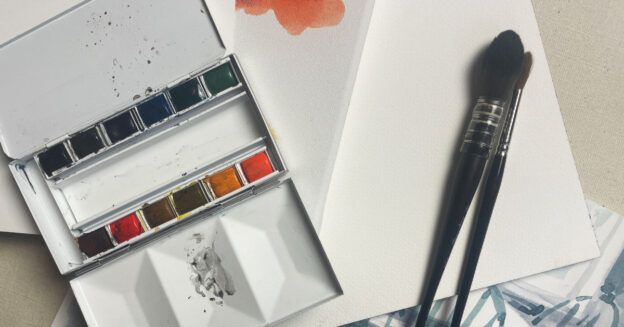

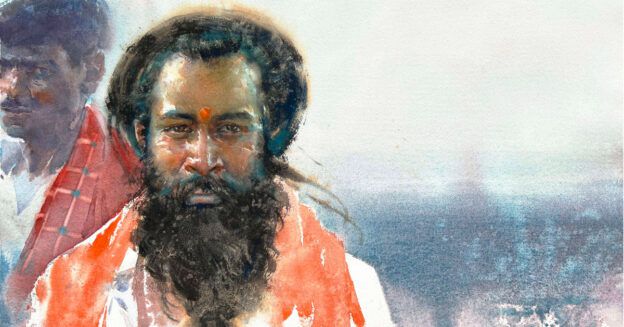
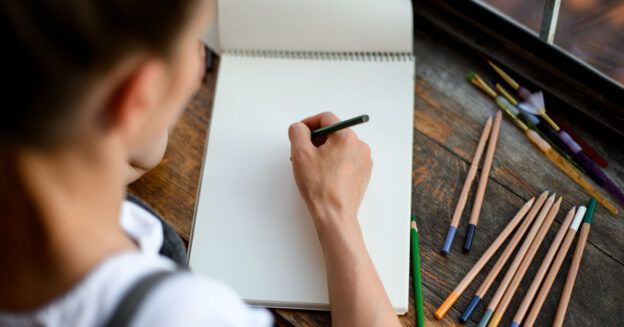



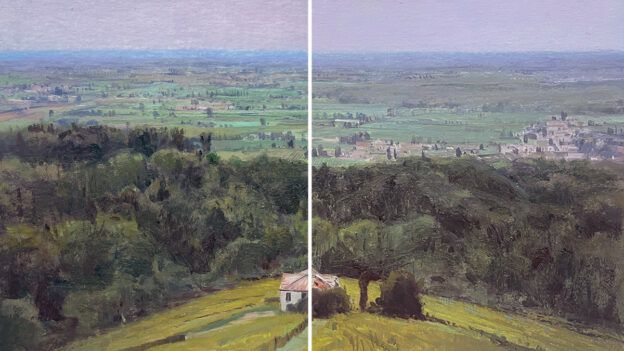
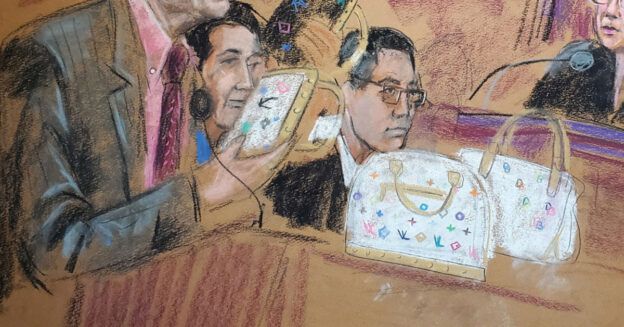
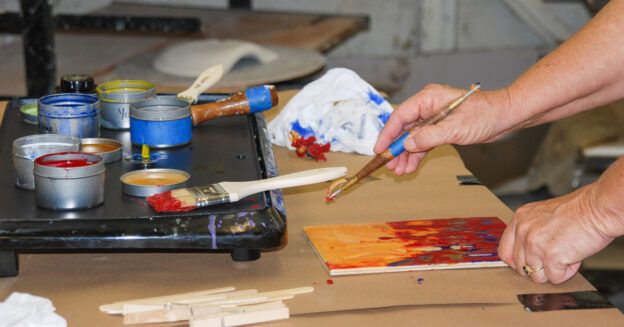

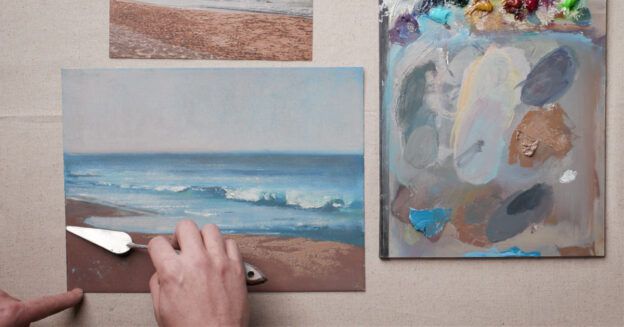
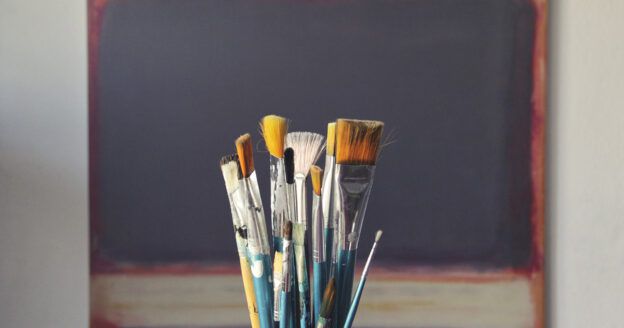

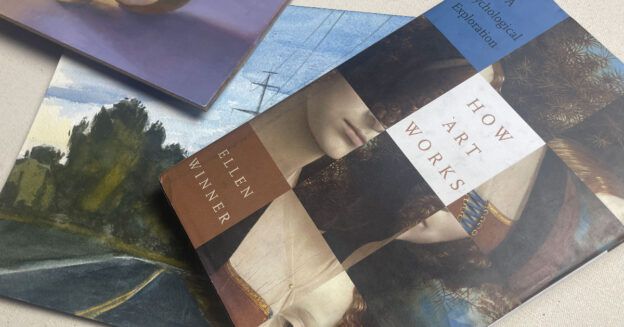
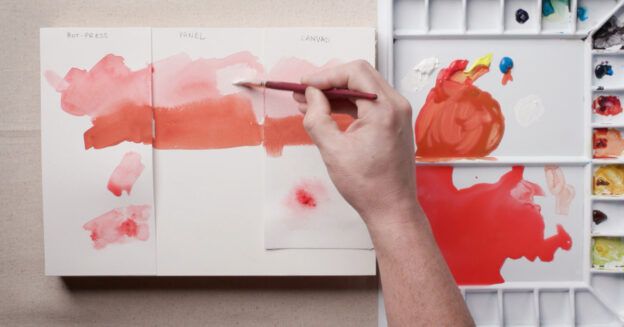
Join the Conversation!